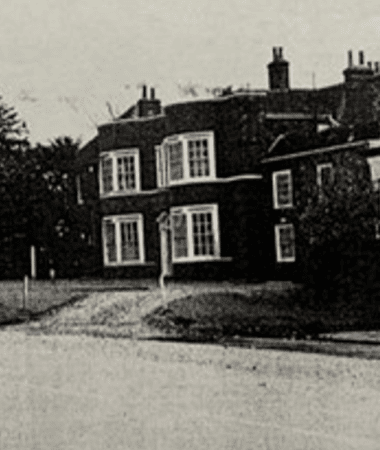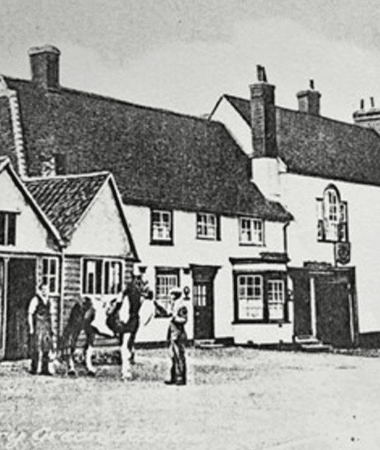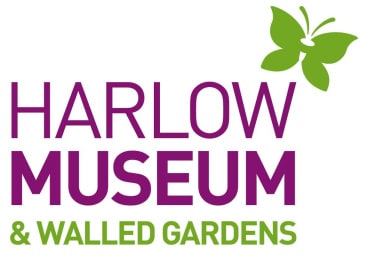
History
Mulberry Green has a rich and historical past, much of which can still be seen today in the local landscape and architecture. The area is home to several notable buildings and in close proximity to Hill House, a Grade II listed building.
The site was once home to Mulberry Green House, a late 18th Century House which was Grade II listed. The design consisted of a red brick two storey building and bay windows. The house suffered serious fire damage in 2000 and was later converted into luxury accommodation.

The Green Man
Originally the Green Man was a Coach Inn and welcomed large volumes of traffic, in its prime the site would handle five coaches every Tuesday to and from London. The main routes connected Waltham, London, Dunmow and Bishop’s Stortford. The exact date that the Green Man began operating as a Coach Inn is unknown, however in 1444 a Monk journeying to London was said to have visited a Harlow Inn to have dinner which cost the sum of four pence. Throughout the 19th Century the Green Man and George Hotel (Old Harlow high street) were popular stop off’s for people travelling on horse drawn coaches. Today the Green Man continues to offer food, drink and accommodation.
The Green Man was famous for hosting events, fairs and even a carnival in the 1920-30s on Mulberry Green. All sorts of fun and games took place, including climbing a greasy pole to win a leg of mutton, coconut shires, copper flinging and more.
Notably the Harlow Town Football Club played their first match on the adjacent Green Man Field. On the 8th October 1879 they played against Saffron Walden which resulted in a 1-0 win for the home team.
What to see at Harlow Museum?
Harlow Museum & Walled Gardens features the Parish Gallery, exploring the five parishes which originally made up the land where Harlow Town now stands, including Potter Street, Latton, Netteswell, Little and Great Parndon. During your visit you can view multiple maps and artefacts that offer a fascinating glimpse into the physical landscape and lives of residents living in the parishes.
Learn more about the Parish Gallery here
